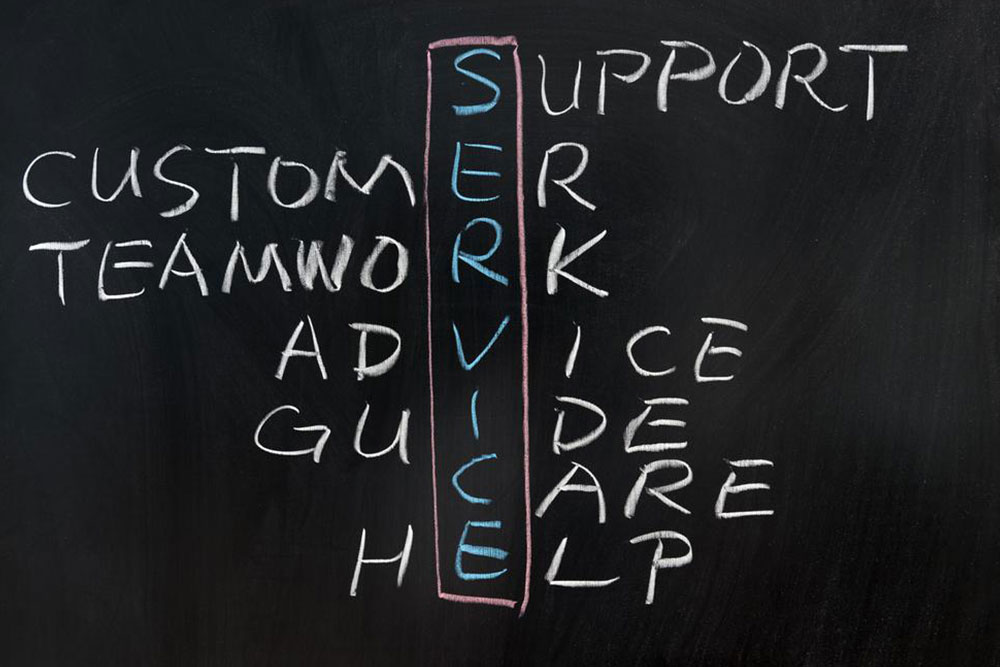Comprehensive Guide to Launching an Effective Brand Management Strategy
Learn comprehensive strategies for effective brand management, from defining your target audience and building a strong visual identity to enhancing online presence and customer engagement. This detailed guide is perfect for businesses aiming to establish a memorable and impactful brand that drives loyalty and growth through strategic planning, consistent messaging, and innovative branding techniques.

Comprehensive Guide to Launching an Effective Brand Management Strategy
In today’s fiercely competitive marketplace, creating a prominent and memorable brand is essential for business success. Your brand serves as the emblem of your business identity, representing what consumers recognize and trust. Effective brand management encompasses a range of strategic marketing practices designed to build, maintain, and elevate your brand’s perceived value. When executed properly, these practices can distinguish your business from competitors, increase sales, and foster enduring customer loyalty. Building a robust brand isn't a one-time effort but a continuous process that requires careful planning, creativity, and consistency.
Step-by-Step Approach to Building a Successful Brand Management Plan
Understanding Your Target Audience
Developing a compelling brand begins with a deep understanding of your ideal customer. Who are they? What are their preferences, behaviors, and pain points? Identifying your target demographics lays the groundwork for all subsequent branding efforts. It is vital to analyze market data, conduct surveys, and gather customer feedback to accurately profile your audience. A clear understanding of your target audience enables you to tailor your messaging, visual identity, and marketing channels effectively, ensuring your brand resonates and generates trust. Recognizing the purpose behind your brand helps define a compelling value proposition and positioning that appeals directly to your intended consumers.
Defining and Developing Your Brand Identity
Once you understand your audience, the next phase involves establishing what your brand stands for. Creating a memorable brand identity involves crafting a clear mission statement that reflects your company's core purpose and values. Your mission statement should articulate why your business exists and what you aim to achieve, serving as a guiding light for all branding initiatives.
Develop a unique value proposition (UVP) that distinguishes your business from competitors. Your UVP should clearly convey the primary benefit that customers will receive from your products or services and why they should choose your brand over others. Additionally, storytelling plays a crucial role; sharing your company’s history, milestones, and the journey behind your brand fosters emotional connections with your audience. Visual branding elements such as a professional logo, brand colors, typography, and imagery reinforce your identity and increase recognition. Consistency across all visual components helps in embedding your brand into consumer minds and enhances brand recall.
Creating Visual Identity and Logo
Your logo and visual elements serve as the face of your brand and must be distinctive and memorable. Designing a logo involves ensuring it is simple, scalable, and versatile enough to work across various media. Choose a color palette that reflects your brand personality—calming tones for trustworthiness, innovative colors for technology, bold hues for energy—and ensure typography choices align with your overall brand aesthetic. Maintaining visual consistency across all platforms—from your website to social media to packaging—is essential for establishing a cohesive brand presence.
Establishing Comprehensive Brand Guidelines
To preserve consistency, develop extensive brand guidelines that outline how visual assets, messaging tones, and overall branding elements should be used. These guidelines act as a manual for your team and external partners, ensuring that every communication aligns with your brand identity. Clear standards cover logo placement, color schemes, font usage, imagery style, and tone of voice, preventing deviations that can dilute your brand’s integrity.
The Power of a Consistent Brand Voice
Your brand voice is the personality expressed through your communication channels, whether via written content, social media, or customer interactions. It should reflect your brand’s core values and resonate emotionally with your target audience. Whether informal and friendly, professional and authoritative, or quirky and fun, consistency is key. A well-defined voice helps in building trust, loyalty, and memorable customer experiences across all touchpoints.
Designing an Effective Website
Your online presence is often the first point of contact with potential customers. An attractive, easy-to-navigate website is imperative. It should visually align with your brand identity, feature engaging content, and provide seamless user experience. Highlight your unique selling points, showcase product features, and include clear calls to action. Incorporate mobile responsiveness, fast loading speeds, and intuitive layout—all factors that influence user retention and conversion rates. Collaborate with professional web developers if necessary, to create a website that truly represents your brand.
Strategies to Boost Brand Visibility Online
In the digital age, visibility is paramount. Promote your brand through a mix of online channels, including social media marketing, content marketing, influencer collaborations, paid advertising, and search engine optimization (SEO). Tailor your tactics to suit your target demographic and brand personality. Consistent branding across platforms enhances recognition and fosters trust. Engaging content, timely interactions, and targeted campaigns can significantly improve your outreach and brand recall.
Packaging and Physical Branding Elements
If your business involves physical products, packaging serves as a vital touchpoint for brand perception. Well-designed packaging that reflects your visual identity not only protects your product but also communicates quality and reinforces your brand story. Incorporate your logo, color scheme, and messaging into your packaging design to create a cohesive brand experience from the moment customers receive your product. Innovative and eco-friendly packaging can further differentiate your brand and appeal to environmentally conscious consumers.
Prioritizing Customer Service and Sales Alignment
Your brand isn’t solely built on visuals; it’s deeply rooted in customer interactions. Your team’s communication style, attitude, and professionalism directly impact brand perception. Invest in training your customer service staff to embody your brand’s personality and deliver consistent, positive experiences. Friendly, knowledgeable, and responsive interactions foster trust and loyalty, transforming satisfied customers into brand ambassadors. A seamless sales process aligned with your brand’s promises further solidifies your reputation and encourages repeat business.
Launching a successful brand management strategy involves strategic planning, creative execution, and ongoing consistency. If you’re new to branding or seeking expert guidance, collaborating with a professional branding agency can streamline the process, provide valuable insights, and help you achieve your branding goals effectively. Remember, building a brand is an ongoing journey that evolves with your business and your customers’ needs.





